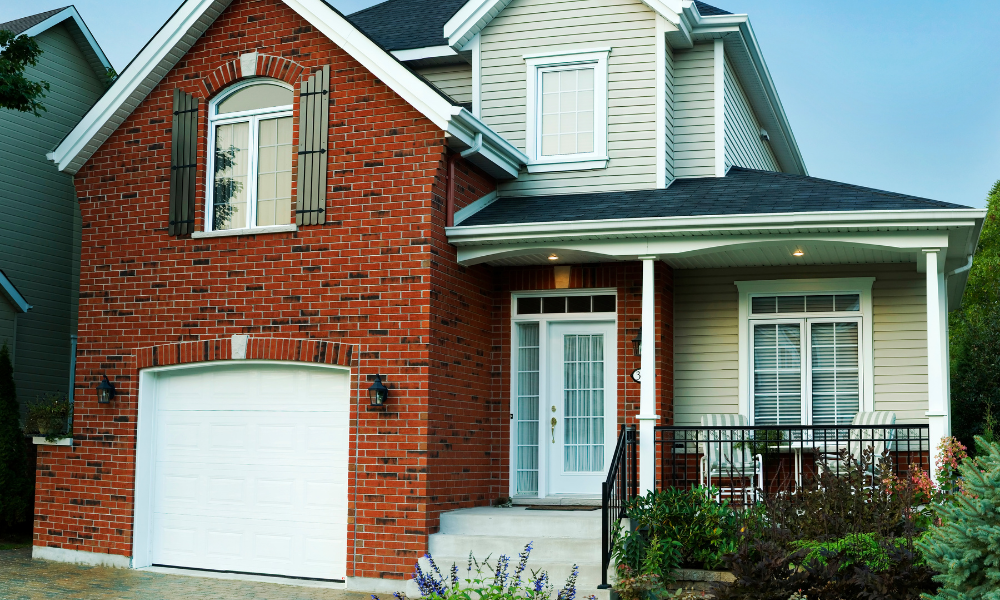A brief outline
Home repairs can range from small appliance problems to major roof issues. It’s vital to plan for real estate repair costs ahead of time and this includes maintaining your property correctly and hiring professionals where necessary. We’ll cover the 7 most expensive home repairs, and let you know how to avoid them.
Most Expensive Home Repairs
Owning a home isn’t a cheap business, and it includes more than just your down payment and mortgage or real estate loan repayments. There are a lot of expenses that come with homeownership, and you’ll need to be prepared for these. According to HomeAdvisor, in 2019 the average homeowner spent about $4,832 just on routine maintenance and emergency home repairs, to give you a rough idea of the cost of routine repairs, which doesn’t necessarily include the biggest repairs.
So, you can see, some of the largest expenses for homeowners come when there are major repairs to be done to the house, and when these arise, homeowners often haven’t budgeted for it. Luckily, there are ways to avoid the most expensive home repairs and pick up the signs before they turn into huge problems that need to be fixed immediately. We’ll take a look at 7 of the most expensive home repairs and how you can prevent these are much as possible.
1. Roof replacement

A roof replacement is something you simply cannot avoid because your roof is one of the most important features of the house to protect the entire home’s contents from the elements. Typically, a rood replacement will need to be done immediately so it’s important to have funds set aside for such an event.
Houses in areas with particular types of weather may need roof replacements more frequently, for example Florida. However, the good news is that roof replacements are one of the renovations that increase home value the most. They can average an ROI of 68.2% on asphalt shingles, and 60.9% on metal roofs, which is a great return on your investment and makes this replacement more palatable.
Potential cost:
Roof replacements can cost anywhere between $2,000 and $40,000 depending on the size of the roof and the material used. Lower end replacements or repairs can be within the $2,000 to $5,000 range, average replacements are from $5,000 to $10,000, and high-end replacements can be anywhere between $12,000 and $40,000. Thankfully, roofs tend to last between 15 and 30 years, so this isn’t a job that will need to be done regularly.
Warning signs:
- Water leaks in your roof or down your walls.
- Missing roof shingles or tiles.
- Missing wall intersections.
- Signs of water on the ceiling in your attic like stains, streaks or marks.
How to avoid a roof replacement:
- Get a roof inspection done by a professional every 3 to 5 years.
- Inspect the roof on your own periodically between these inspections, check for loose or cracked areas, or minor repairs that may need to be done and do these.
- Make sure your gutters aren’t clogged so that ice and water don’t sit in the gutters and can drain away.
- Check that there isn’t a large amount of moss on your roof or gutters as this can also clog them and cause trouble.
- Make sure that there are no trees or bushes hanging over your roof because branches can scratch away the protective layer of the shingles and weaken them.
2. Foundation repair or restoration
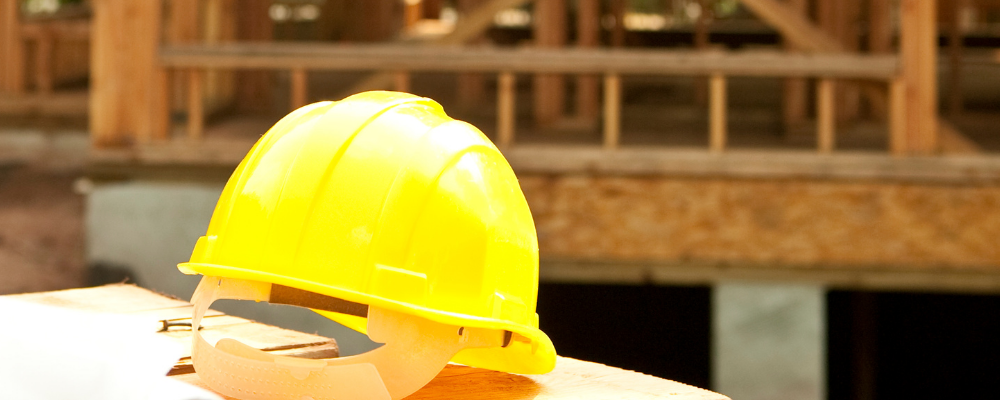
Another very pricey home repair is any work done to the foundation. The foundation is the base that the entire home is built on, and for the house to be structurally sound the foundation needs to be solid. If there any issues with the foundation, these can impact the rest of the house and simply cannot be ignored.
Settling is a common problem that can happen to foundations of houses that are built on soil that shifts or has a big change. If the moisture levels in the soil changes, this can cause it to become a lot softer and foundations therefore have more pressure which means that they are prone to crack as the house settles down into the soil further.
Potential cost:
Small cracks in the foundation can be repaired for about $500, but the average foundation repair, according to HomeAdvisor, is just over $4,000. However, if you don’t catch it early, a major foundation repair could even set you back over $100,000.
Warning signs:
- Doors and windows become hard to shut and don’t fit their frames correctly.
- The floors of the house are not level.
- Water collects in areas of your house that it shouldn’t, such as the basement or around the edges of the house.
- Cracks show up in the house in different areas like walls.
How to avoid foundation repairs:
- Check the brick work and block foundations of a home regularly, if these are in a straight line then this could indicate settling.
- Hire a professional to inspect your foundation and house if you’re unsure.
- Fix any drainage problems on the property to make sure that water drains away from the house.
- Check the soil composition of the property when you move in and keep tabs on this as the years go.
3. Pest infestations
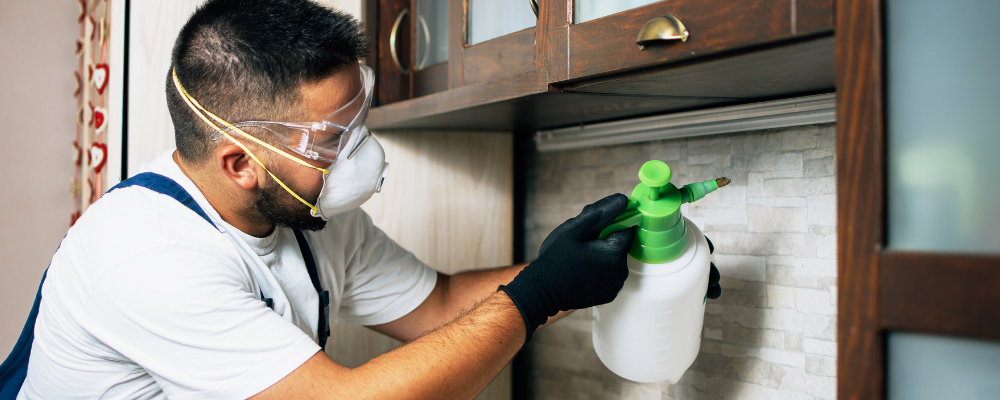
Any infestation of pests is something that needs to be fixed right away and some can be more damaging than others. Such as termites, which can become a big headache quickly as they eat away at any wood around your home. You can get a pest infestation even if your home is clean, through any gaps in your exterior doors, vents, windows and AC units. Not only are these annoying, and unsanitary but they can even be extremely damaging to your home and as such, costly to repair and fix.
Potential cost:
The cost to get rid of a pest infestation and repair the damages caused by it varies depending on the type of pest and the damage it has caused. For example, termite infestations and the subsequent damage from these can cost $3,000 to repair, while smaller infestations may only cost a few hundred dollars.
Warning Signs:
- Pest droppings are an important sign of an infestation and one of the most obvious to see.
- A strange smell or odour in the house.
- A pest nest, which will be identifiable by a collection of mud, leaves or other materials, on the roof, in the basement or in any gaps around your windows or doors.
- Damaged places in your home, such as wood powder near your furniture, or chewed plastic wires.
How to avoid pest infestations:
- Dispose of your garbage regularly and keep the lid closed.
- Seal off any cracks or holes that could allow pests to get from the outside into your house.
- Make sure there’s no clutter in your home that could give pests good hiding areas.
- Keep your home well ventilated and dry.
- Move any mulch from outside away from your home.
- Do yearly pest inspections of your home by a professional.
4. Water damage

Water damage is one of the biggest problems for homeowners because it can be so extensive. Anything from ceilings to walls and floors can be damaged by water and even moisture can create a world of problems in a house. It’s imperative to find and seal any water leaks as soon as possible to avoid having to repair the likes of burst pipes, roof leaks, clogged gutters and more. The ideal time period to begin restoration from water damage is 24-48 hours.
Another issue with water damage is that it can cause mold which we’ll mention later on. Mold removal is costly as well and can lead to health issues.
Potential cost:
The cost of water damage can be anything from $1,000 to $5,000, with the average water damage repair project costing around $3,000. However, this is a ballpark figure that can change depending on the extent of the damage.
Warning Signs:
- Water rings on the ceilings or walls point to a leak in the pipes.
- Cracked or warped flooring can mean there is a leak in the flooring.
- Warping and discoloration in the cabinets under any sinks.
- Rust on your hot water heater.
- Strange odors can indicate mildew or mold.
- Sagging areas on the floor near a bathtub, shower or sink.
- Peeling paint or walls with bubbles in the paint.
- Low water pressure.
How to avoid water damage:
- Make sure that your drains aren’t clogged and take care to keep them clear.
- Install a sump pump to protect your basement from flooding and keep your carpets dry.
- Check your home for any water damage or leaks regularly and repair anything you find straight away.
- Take a close look at your roof regularly to make sure there are no repairs needed.
- Make sure that any rainwater runoff drains away from the foundation of your house.
- Maintain the trees and vegetation in your yard to allow for proper drainage and so that they don’t get overgrown and block your gutters and drains or damage the roof.
- Maintain your appliances and check them regularly for leaks.
5. HVAC repairs
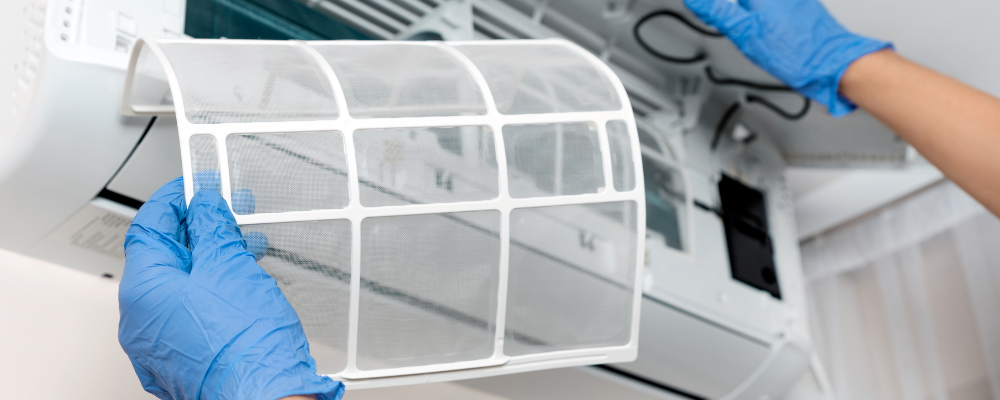
Both your heating and your air conditioning are important features of your house, and as such, if they were to fail, would be expensive to repair and would likely need to be repaired very quickly. HVAC systems can last for up to 15 years, however, if they aren’t correctly maintained they can fail much quicker than that. The complexity of the HVAC system means that any repairs that are needed are likely to be expensive.
Potential cost:
The price to install a new HVAC system can range from $3,000 to over $7,000 depending on the capacity and efficiency of the system, along with the duct network setup in your home.
Warning Signs:
- You’re having a problem turning the HVAC system on or off.
- The HVAC system isn’t heating or cooling.
- The system is leaking water.
- The unit is making a strange noise.
How to avoid HVAC Repairs:
- Get your HVAC system serviced every year by professionals.
- Checking for problems before an entire replacement is necessary.
- Replace the air filters every 3 months.
6. Electrical repairs
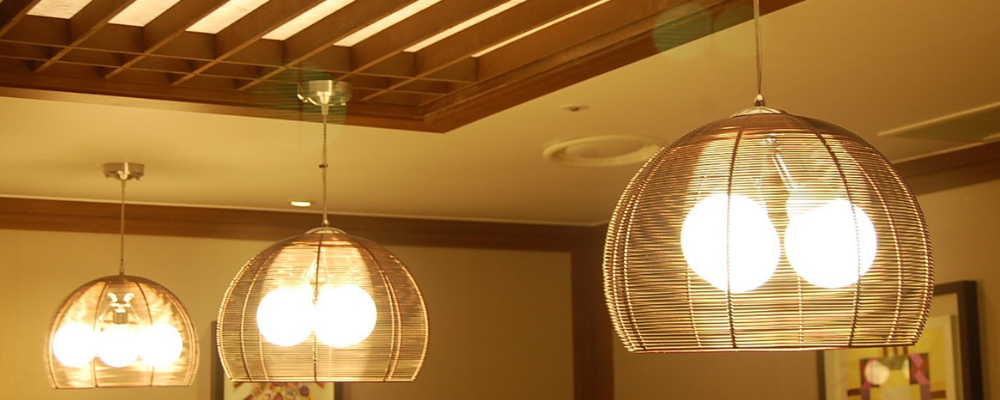
Homes that older are more prone to electrical problems, and this is of course a major fire hazard. Some older homes still have aluminium wiring and to rewire them can be pricey. Even if a house is newer, it’s important to check the electrical system before moving in, or if you’re already in the house, get it inspected now. A professional may pick up on anything that isn’t up to code and could cause a big problem later.
Potential cost:
The cost of rewiring a house depends on the size of the house and can range from $1,000 to $12,000.Other electrical issues are priced based on the repair that is needed and can be as little as a few hundred dollars.
Warning Signs:
- Visible damage to any wiring.
- Circuit breakers that blow often or shock you.
- A burning smell in your home.
- Flickering lights.
How to avoid electrical issues:
- Make sure that any bare wires are covered.
- Get an electrical inspection done by a professional before any problems arise.
- Install GFCI (ground fault circuit interrupter) outlets in the bathroom, kitchen and anywhere water could come into contact with electricity outlets.
7. Mold removal
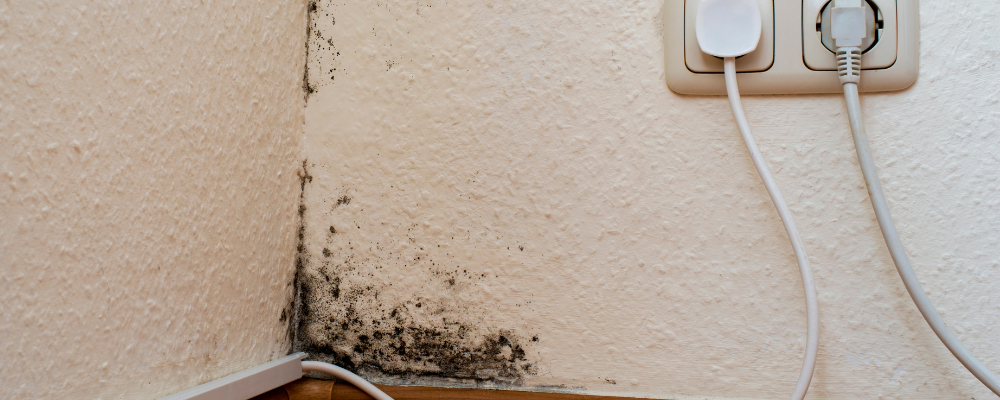
Mold can not only cause a variety of health problems, but it can also affect your home’s resale value by impacting it’s very structure. It’s imperative to locate and take care of mold before it causes too much damage, because once it’s set in, it can be expensive to remove and fix.
Potential cost:
Mold removal can cost up to $4,300, however it sits on an average of $2,155 to repair and remove.
Warning Signs:
- A musty odor.
- Anyone in the house getting allergic reactions.
- Discolored walls or ceilings with little black spots.
- Moisture or water leaks that smell like mold.
How to avoid mold build-up:
- Put bleach on any small areas of mold you may find, to stop the growth.
- Make sure that any moisture or water leaks are sorted out as soon as possible.
- Inspect your home for mold every few months, depending on the climate where you live.
The bottom line
Prevention is usually better than cure, and in this case that saying rings true. It’s important to stay on top of your home maintenance to avoid having to fork out thousands of dollars to make big repairs. Even if that means getting annual check-ups from professionals in the form of home inspections, in the long run it’s worth the effort and money to make sure that these repairs don’t need to happen.
